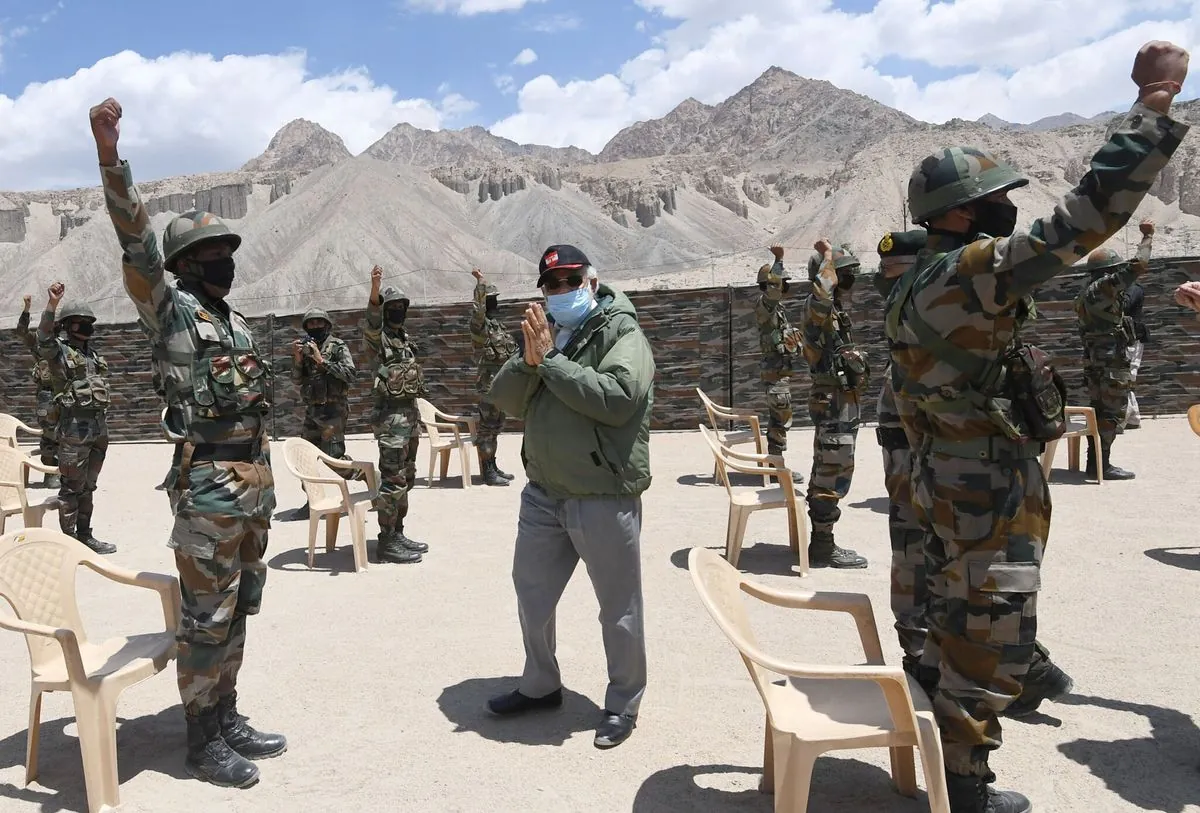Last fall both asian giants made an un-expected move towards peace. India got back its patrolling rights in disputed himalayan areas (which it lost after the deadly face-off about 4 years ago)
The deal came with two key parts: first India and China agreed on border patrols in eastern-Ladakh region; second Narendra Modi and Xi Jinping had a rare one-on-one meeting at BRICS summit in Russia
Three main reasons pushed countries to make peace: First economic needs - India wants to boost its 7% growth while China faces slow-down and needs new markets. Second military facts - both sides saw that keeping thousands of troops in harsh mountain areas doesnt make sense. Third US relations - both countries want more room for diplomatic moves
The agreement includes some tech-savvy monitoring tools:
- Ground sensors
- Satellite tracking
- Drone surveillance
- New patrol rules
Both sides face hard choices ahead. India must deal with its two-front defense worries (Pakistan and China); while China focuses on Taiwan issues. The trade gap remains huge - about $85 billion in Chinas favor last year
Winter is coming to the high-altitude troops‚ and partial withdrawal seems likely. Chinese forces have better roads for pull-back; while Indian soldiers face tough mountain routes. Economic ties need work too - India should speed-up permits for non-risky Chinese goods; while China must open up to Indian pharma and tech exports
